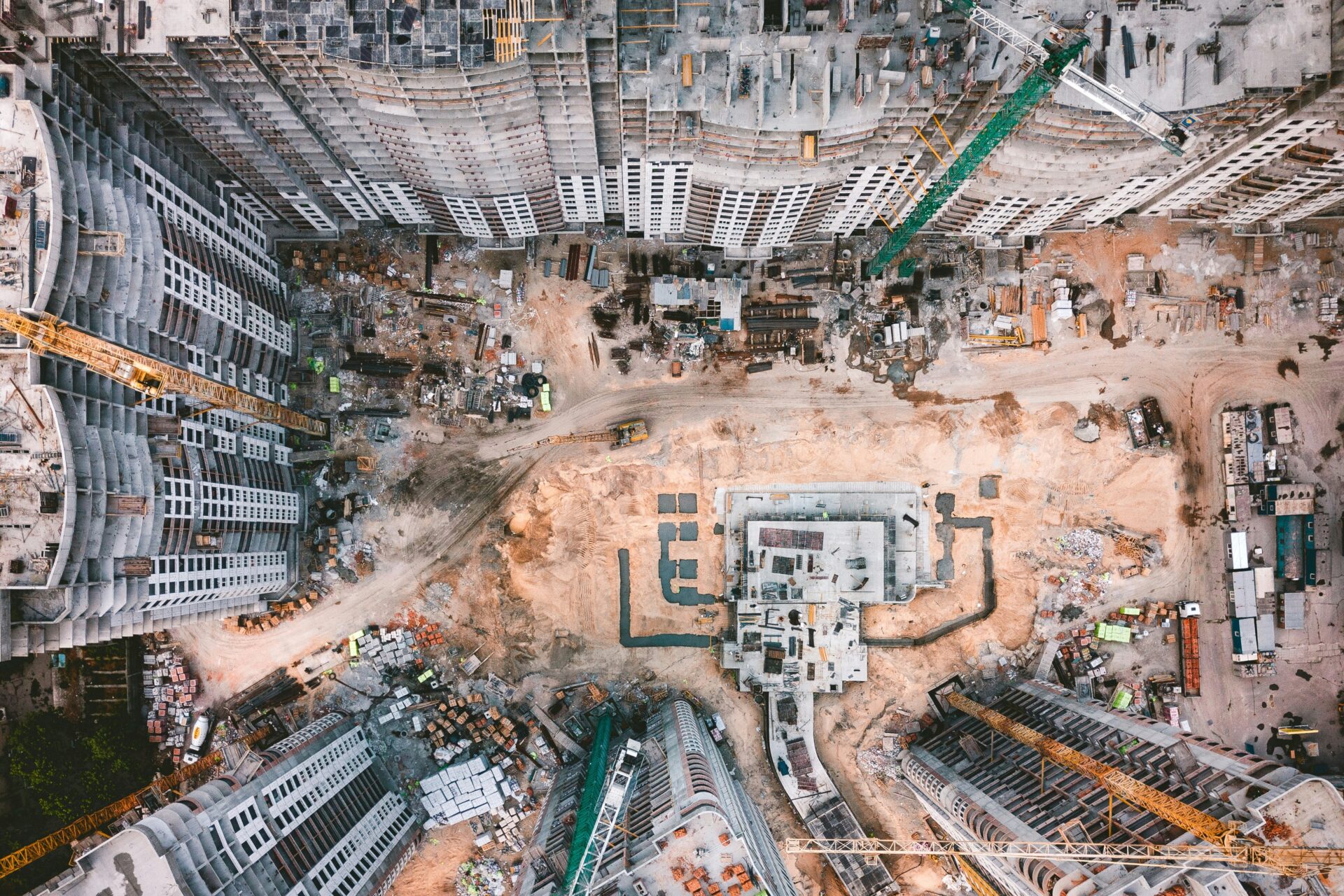Large infrastructure projects are rare in the nuclear sector due to their high capital cost, technical complexity, and the demanding regulatory environment. Getting started on the right foot—with clarity and strategic foresight—is essential to coordinating the many moving parts and stakeholders involved. This is particularly true for projects in the nuclear fuel cycle, where challenges are magnified by the limited number of existing facilities worldwide, whether for conversion, enrichment, or fuel fabrication.
Planning to build such a facility presents a significant challenge and requires a comprehensive feasibility study, including:
- Financial modelling and investment planning,
- Estimates for key resource requirements, such as electricity, gas for process heat, industrial chemicals, and water,
- Human resources planning, including recruitment needs and workforce availability,
- A clear understanding of the regulatory landscape, licensing procedures, and approval timelines,
- Geographic and logistical analysis to determine optimal site location, infrastructure access, and transport routes,
- Consideration of localisation opportunities for civil works, machining, and component supply,
- Assessment of local socio-economic impact, including job creation, tax revenue, and community benefits,
- Projections of shareholder returns and long-term value creation for investors,
- An inclusive approach to stakeholder engagement, addressing government bodies, industry partners, and local communities.
Such a study builds confidence across all parties—demonstrating that the project is not only technically and economically viable but also grounded in realistic timelines and implementation strategies.
This project was executed with great care, drawing on Damona’s extensive international network of nuclear professionals and industry experts. Through a robust business model and feasibility analysis, including sensitivity testing and scenario planning, Damona helped align stakeholders around a common understanding of the conditions needed for success. This clarity enabled informed decision-making and strengthened the project’s ability to move forward with credibility and shared support.
Date: 1st October 2024






